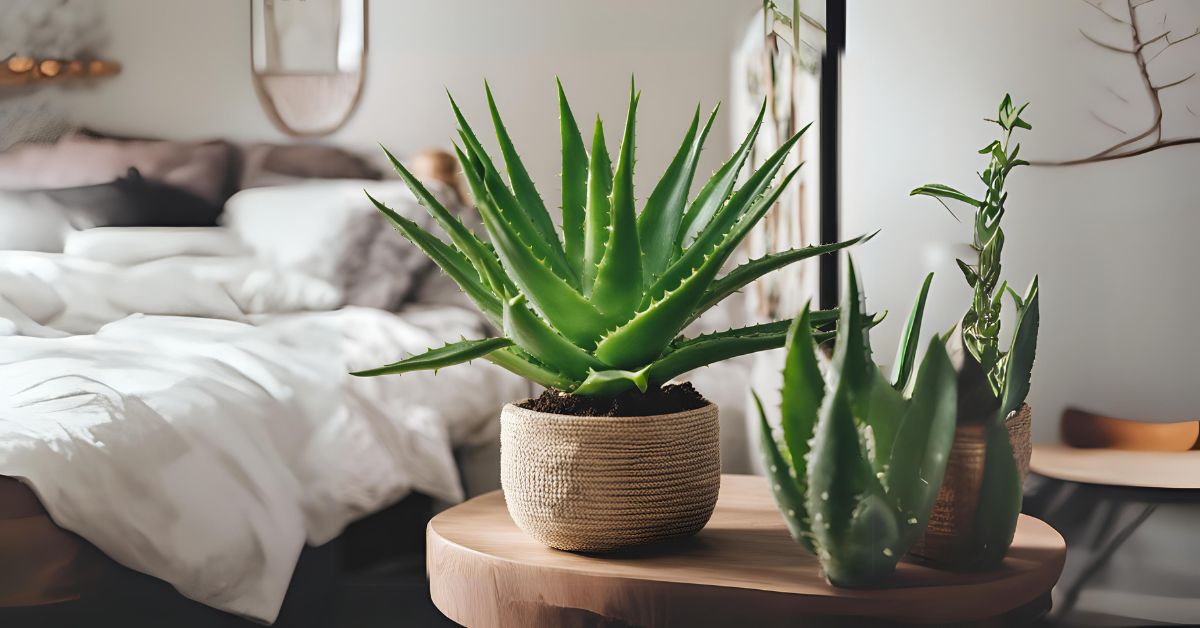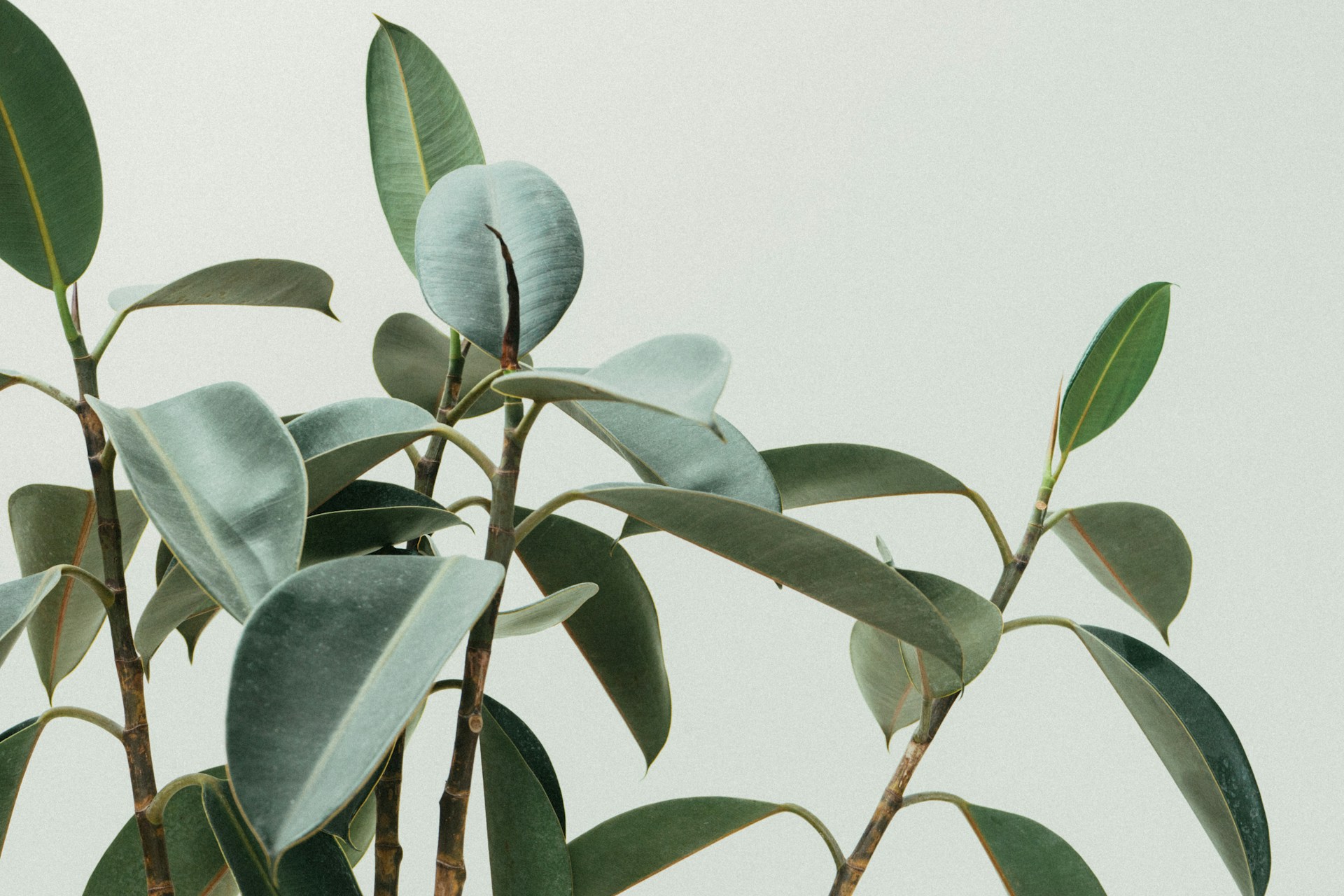- What is a Chinese Evergreen plant?
- Chinese Evergreen Plants Benefits
- What makes Chinese Evergreen Plant Special?
- Where to place your Chinese Evergreen Plant?
- History and Cultural significance
- Chinese Evergreen plant specifications
- Chinese Evergreen plant Types and Varieties
- Classic Chinese Evergreen (Aglaonema modestum)
- Chinese Evergreen ‘Silver Queen’ (Aglaonema ‘Silver Queen’)
- Chinese Evergreen ‘Emerald Beauty’ (Aglaonema ‘Emerald Beauty’)
- Chinese Evergreen ‘Red Aglaonema’ (Aglaonema commutatum ‘Red’)
- Chinese Evergreen ‘Pink Lady’ (Aglaonema ‘Pink Lady’)
- Chinese Evergreen ‘Lady Valentine’ (Aglaonema ‘Lady Valentine’)
- Chinese Evergreen ‘White Fusion’ (Aglaonema ‘White Fusion’)
- Chinese Evergreen ‘Snow White’ (Aglaonema ‘Snow White’)
- Chinese Evergreen ‘Siam Aurora’ (Aglaonema ‘Siam Aurora’)
- Chinese Evergreen Plant Care and Maintenance
- Chinese Evergreen plant Propagation
- Problems in Chinese Evergreen Plants
- Common Misconceptions about Chinese Evergreen Plants
- Final Thought and Personal View
Did you know that Chinese Evergreen not only enhance the aesthetic appeal of indoor spaces but also contribute to cleaner and healthier air quality?
What is a Chinese Evergreen plant?
As the name suggests, Chinese Evergreen is actually not from China. Originated in Southeast Asia, specifically in the Philippines, Indonesia, and some parts of New Guinea, Chinese Evergreen has been around for millions of years, possibly even predating dinosaurs. This suggests that Chinese Evergreen is highly adaptable and needs low maintenance. And that’s why I curated it in the low maintenance indoor plants list.
Chinese evergreens are effective in removing contaminants like formaldehyde, benzene, and trichloroethylene from indoor air, making them a great addition to your house or business.
Chinese Evergreen Plants Benefits
These lesser-known facts reveal that the Chinese Evergreen is more than simply a low-maintenance houseplant.
- Chinese Evergreens are excellent air purifiers, successfully eliminating common pollutants such as formaldehyde and benzene.
- Unlike many houseplants, it can endure a wider spectrum of lighting conditions, from low to medium. This makes them excellent for a variety of locations around the home, even places that do not receive a lot of natural light.
- Chinese Evergreens are excellent propagators! New plants may be easily grown from stem cuttings in water or soil, making them an inexpensive option to extend your indoor jungle.
- Because of their resilience, they are an amazing choice for anyone learning the basics of plant care. These are popular and well-liked gifts for a range of events due to their versatility, simplicity of care, and symbolic importance.
- These plants help raise humidity levels in your house, which can improve respiratory health and comfort, particularly during the dry winter months.
What makes Chinese Evergreen Plant Special?
Where to place your Chinese Evergreen Plant?
Every indoor gardener wonders about the versatility of Chinese Evergreen plants – whether in the office or kitchen, they not only add elegance to your space but also purify the air, promoting a healthier environment.
◼ Governs New Beginnings and Spiritual Progress
Place your plant in the east corner of your home to boost new chapters in life and spiritual wellbeing.
◼ Promotes Mental Clarity and Serenity of Mind
Position the Chinese Evergreen in the northern area of your home to foster mental clarity and peace of mind.
Value and significance
Chinese Evergreen plant specifications
What’s incredible about these plants? They have a remarkable diversity of leaf shapes and colors, ranging from vivid greens to deep purples and silvery tones.
Furthermore, they are available in a variety of sizes, from tiny tabletop kinds to towering floor plants, allowing you to create your home sanctuary with an exotic twist.
| Botanical Name | 🌱 Aglaonema 🌱 |
|---|---|
| Color |
|
| Size |
|
| Origin | It originated in 🌏 Southeast Asia’s tropical areas, specifically the Philippines, Indonesia, and parts of New Guinea. 🏝 |
| Flowering |
|
| Pattern | The traditional Chinese Evergreen features solid dark green foliage. The large number of available options provides a spectrum of designs, including:
|
| Planting Season |
|
Snake plant Types and Varieties
Although there are many varieties, here are the most common Chinese Evergreen you will see around.
◼Classic Chinese Evergreen (Aglaonema modestum)
This is the most popular kind, distinguished by its traditional, heart-shaped, vivid green leaves. It is a low-maintenance and flexible variety, ideal for novices.

◼Chinese Evergreen 'Silver Queen' (Aglaonema 'Silver Queen'):

◼Chinese Evergreen 'Emerald Beauty' (Aglaonema 'Emerald Beauty')

◼Chinese Evergreen 'Red Aglaonema' (Aglaonema commutatum 'Red')

◼Chinese Evergreen 'Pink Lady' (Aglaonema 'Pink Lady')

◼Chinese Evergreen 'Lady Valentine' (Aglaonema 'Lady Valentine')
This species has beautiful striking pink and green variegated leaves, the pink is prominent here, covers the larger portion of the leaf.

◼Chinese Evergreen 'White Fusion' (Aglaonema 'White Fusion')

◼Chinese Evergreen 'Snow White' (Aglaonema 'Snow White')
This variety has a predominantly white or cream-colored leaves with green markings or veins, looks like snow flakes on its leaves.

◼Chinese Evergreen 'Siam Aurora' (Aglaonema 'Siam Aurora')

Chinese Evergreen Plant Care and Maintenance
◼Lighting and Placement
For Spring and Summer:
Chinese evergreens enjoy bright, indirect sunshine. An east-facing window with morning sunlight is good. Avoid intense, direct sunlight, since it can burn the foliage. Slow growth, a leggy look, and loss of variegation (if present) are all signs of inadequate light.
For Fall and Winter:
As natural light fades, try to stay in the same position. However, if the window receives much less light during these seasons, try supplementing with grow lights placed a few inches above the plant for 10-12 hours each day.
◼Watering
For Spring and Summer:
Water your plant just when the top inch or two of soil is dry to the touch. Water thoroughly until the water drains out the drainage holes, but don’t let the plant rest in it. And as a good practice, it is not fine to water your plant in regular schedule. The plant will prefer to be remain underwatered than being overwatered.
For Fall and Winter:
Reduce watering when the plant enters semi-dormancy. Watering every two to three weeks may be adequate, but adjust the frequency according to the dry feel of the soil. Best, feel the top inch of soil and if it’s damp, avoid watering.
◼Temperature
◼Humidity
Chinese Evergreens can endure typical humidity levels (about 40-50%). They can withstand lower or slightly higher humidity levels, but extremes can be problematic.
To enhance humidity somewhat, use a pebble tray filled with water, but don’t let the pot sit there. Grouping your Chinese Evergreen with other plants that thrive in dampness.
◼Fertilizer
For Spring and Summer:
A gentle feeding throughout the growing season (spring and summer) using a balanced liquid fertilizer diluted to half strength is adequate. Avoid over-fertilization, which might result in discolored leaf tips. You can fertilize once a month at this time.
For Fall and Winter:
Fertilize less frequently during fall and winter, perhaps once every 2-3 months, or hold off completely depending on the plant’s growth.
◼Repotting
Repot your plant only after the roots have outgrown the pot and become pot-bound. Signs include roots around the container or pushing up through the dirt. A usual repotting cycle is typically every 2-3 years.
◼Soil
◼Cleaning
◼Pruning
Chinese Evergreen plant Propagation
◼By dividing
◼By leaf cutting
- This approach has a lower success percentage than Division.
- Choose a healthy leaf with a short stem portion (node).
- Plant it in a container of wet, well-drained soil.
- Cover the pot with a plastic bag to keep it damp and offer strong, indirect light.
- Rooting might take months.
Problems in Chinese Evergreen Plants
◼Stunted growth or Leggy appearance
◼Yellow or Droopy Leaves or Leaf Drops
Overwatering:
- If you are overwatering your Chinese Evergreen, check if the plant is sitting in the water.
- Remove the excess from the plate below the pot, which holds the water.
- Check the drainage holes below your pot, and if there is no drainage, it is the time to repot your plant into a pot with drainage holes.
Underwatering:
- In the event of underwatering, thoroughly water your plant until water drains out from the bottom of the pot.
- Use the “soak and drain” watering method to water your plants.
◼Brown Leaf Tips
Overfertilizing: Too much fertilizer might result in leaf burn.
- During the spring and summer, apply a diluted balanced liquid fertilizer once a month at the most.
- Don’t fertilize throughout the fall and winter.
Common Misconceptions about Chinese Evergreen Plants
Chinese Evergreen is actually not from China. Originated in Southeast Asia specifically in the Philippines, Indonesia and some parts of New Guinea,
Final Thought and Personal View
Overall, the Chinese Evergreen has several benefits and applications. They enhance indoor air quality, need no maintenance, come in a dazzling assortment of colors, and can even represent good luck. That’s all from me, if you want you can quickly look at it’s pros and cons and decide yourself.
Green love to you. Keep smiling. Ciao.








